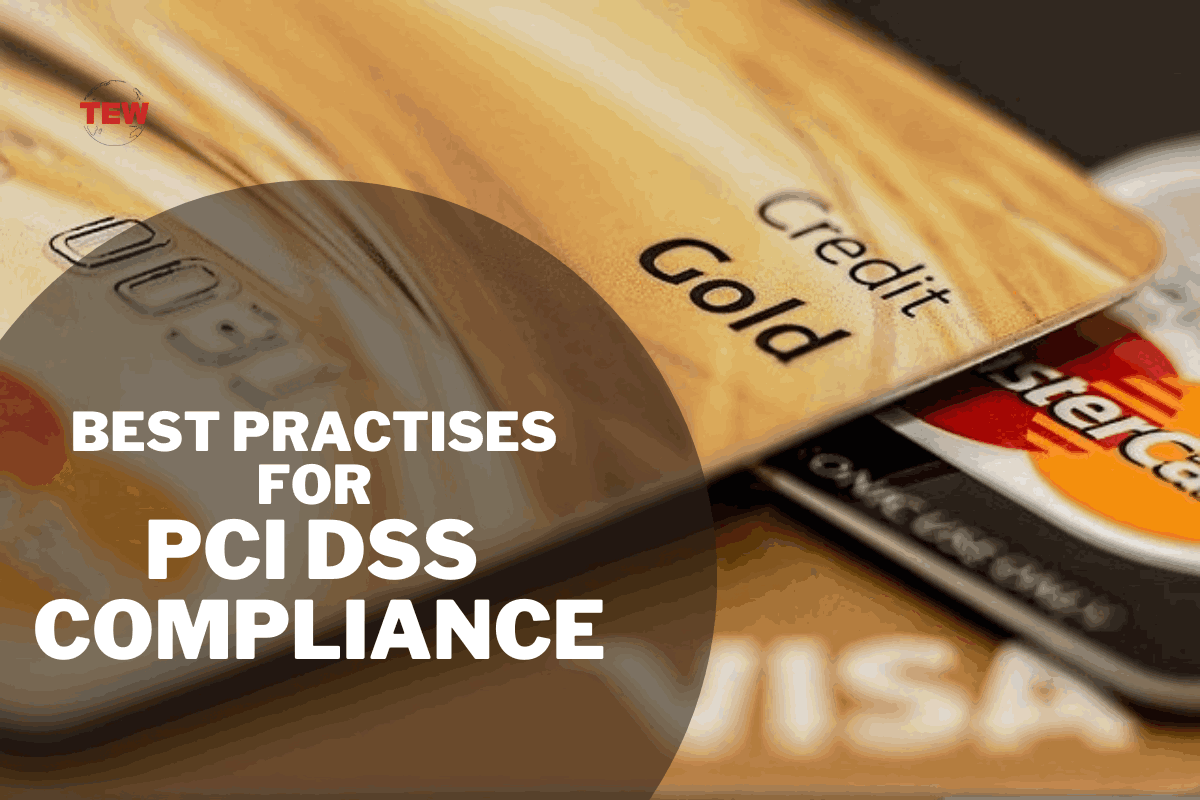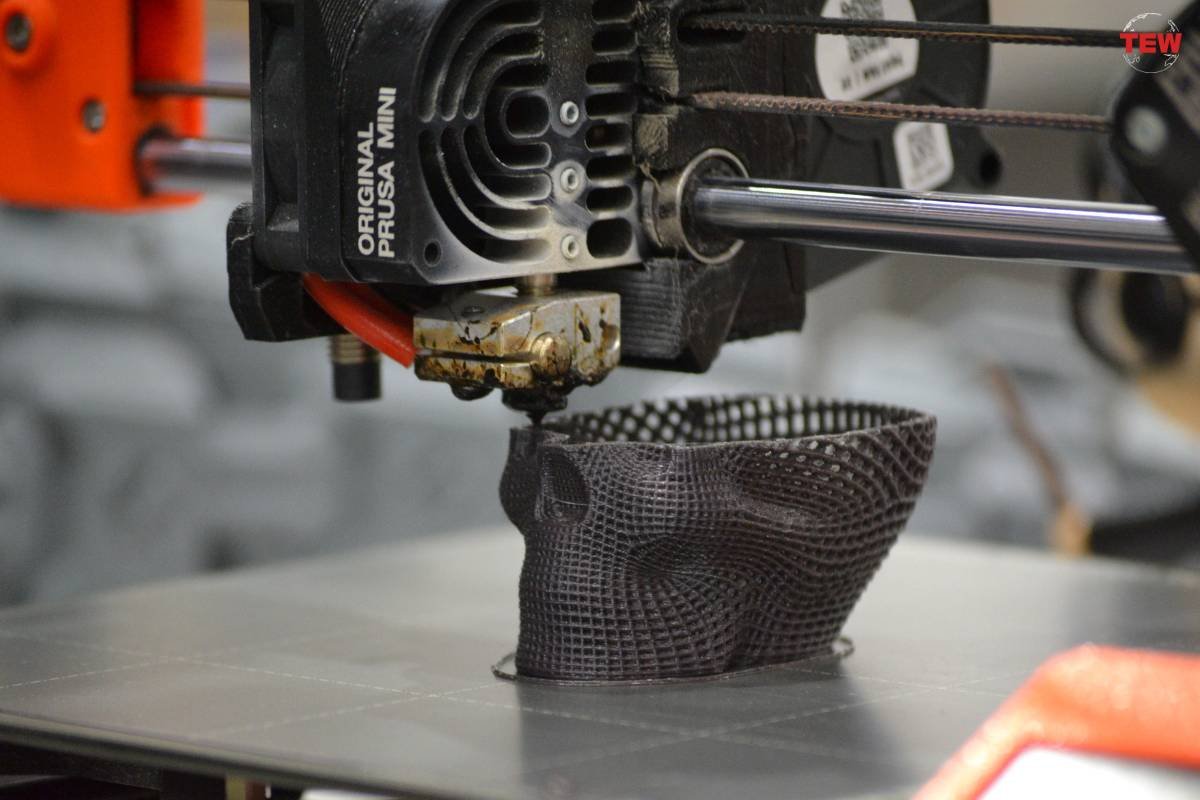The ability to purchase items with the flash of a tiny plastic card we keep in our wallets is quite the feat of technology. The first bank cards were issued by Barclays in London as far back as the year 1967, quickly followed in New York in 1969. By the year 1972, the first bank card with a magnetic strip was realised, which had the ability to use a personal identification number (or PIN number) for access. The smart payment card made its debut in the banking sector in 1979, growing to a wider use by the middle of the 1980s.
Recent surveys and figures show just how widespread the use of payment cards has become! By the year 2016, the number of payment cards in use around the world had reach 14 billion, with the figure expected to rise to 17 billion in 2022. Many people nowadays, with the development of mobile wallets and banking, don’t even need to carry their physical cards with them and can purchase items with a simple tap of their phone or smart watch. The technology of today has truly propelled card payments into the future. How can you get in on this futuristic action?
If you are a business that doesn’t yet accept card payments, you are doing yourself a great disfavour and severely limiting your success. In fact, during the pandemic, it became a health risk to handle physical cash and coins, so card payments were the transaction method of choice. The majority of people don’t even carry or handle cash anymore but rely solely on the acceptance of card payments in the establishments they do business in.
Do you need to update your payment system to fit in with the trends of the times? Or are you starting out as a business and feel overwhelmed at the prospect of setting up the ability to take card payments? In this article we will help you to lay some of your anxieties to rest, particularly when it comes to the area of PCI DSS compliance.
What is PCI DSS Compliance?
As a business, you know just how many things you need to implement to become compliant in many different areas of operations, from product quality to employment of staff. The acceptance of card payments is another area you need to think about.
The Payment Card Industry Data Security Standard (abbreviated to PCI DSS) is the security standard in place for businesses that handle credit cards, especially branded ones from major card providers. These standards were created to improve the controls around the data of cardholders with the aim to reduce credit card fraud. The proof of compliance to these standards is carried out either every year or every quarter. The method of doing so depends on the size of the business and the volume of transactions they handle. The set of requirements were first launched in 2006 and an independent body take responsibility to manage the standard.
The 11 Basic Requirements to be PCI DSS Compliant
- Usage and maintenance of protective firewalls. These stop foreign or unknown entities from accessing important, private data. These act as the first line of defence against attackers
- Protection by proper passwords. Devices and systems often come with basic standard passwords and security measures. These can easily be accessed by members of the public so it’s important that businesses make these more secure. They should record all devices and software than need a password as part of an inventory and change the passwords in order to improve security.
- Protection of the data of the cardholder. Various algorithms should be in place to protect the data of the cardholder.
- Encryptions of the transmitted data. Data is bounced between multiple systems and during this transfer, it’s important that this data is encrypted.
- Usage and maintenance of anti-virus software. Anti-virus should be installed and kept up to date to add a layer of reliable protection.
- Restriction of the access to data. All of the cardholder data that is kept should not be accessed by anyone who doesn’t need to.
- Creation of unique IDs for access. Personnel that do have access to sensitive information should be given individual credentials to give them access.
- Restriction of physical access. Any handwritten or digitally stored data should be kept in a locked location.
- Creation and maintenance of access logs. All acces to important data should be recorded and logged. In order to be compliant, it’s vital that business document the flow of data into their business and the occasions that it is accessed.
- Scanning and testing of vulnerabilities. A fortress is only as strong as its weakest stone. With all of the elements involved in meeting compliance, it’s inevitable that vulnerabilities may occur so these needs to be scanned, tested, and fixed.
- Documentation of policies. It’s important to have transparent documentation of the compliance standards in place.
The Benefits of PCI DSS Compliance
If the list of necessary steps to compliance makes you feel anxious, it’s important to remember how beneficial and essential these implementations are. PCI DSS compliance improves security, which boosts the trust of your customers. It improves your reputation with official partners and allows you to contribute to the global efforts to prevent security breaches and data theft. When you are already worked hard to maintain PCI DSS Compliance, you will be a better situation to keep up with further regulations when they crop up. You will also face serious consequences if you become non-compliant to the PCI DSS Compliance standards in place.
Any compromise that comes from a vulnerable system damages relationships, sales, and your reputation. If issues are taken further, you can face lawsuits, insurance claims, even government fines. Even though taking the action to be PCI compliant may feel overwhelming, it’s worth the investment of time to avoid the negative consequences that come when you are non-compliant. Making the right choices now will save you a lot of money and stress in the future.





